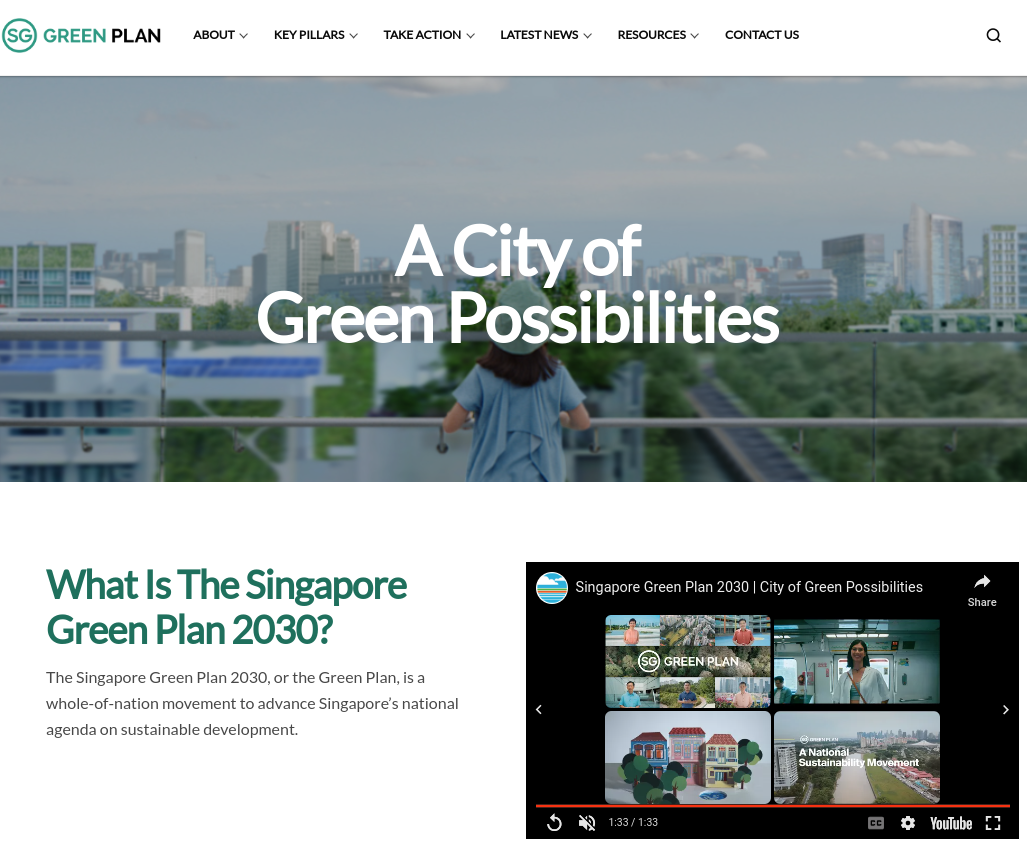Riding the Climate Wave: How Singapore Stays Ahead in Adaptation
Flood & Coastal Resilience
Strengthening flood resilience through catchment-wide solutions i.e., at the Source (e.g. building detention tanks), Pathway (e.g. widening and deepening drains & canals) and Receptor (e.g., implementing platform levels and crest protection).
Studying Singapore’s coastlines through progressive site-specific studies to develop solutions for sea-level rise, e.g., Long Island at East Coast.
Developing capabilities and addressing flood risks holistically through the development of Coastal-Inland Flood Model and Coastal Protection and Flood Resilience Institute (CFI) Singapore.
Water Sustainability
Planning ahead to ensure adequate water infrastructure to safeguard water security, particularly weather-resilient sources of water such as NEWater and desalinated water.
Driving awareness and behavioural change for greater water efficiency and conservation.
Heat Resilience
Strengthening community heat resilience with the Heat Stress Advisory.
Cooling urban spaces by intensifying greenery and deploying cool paint to reduce heat absorption.
Using modelling to inform district and estate planning, e.g., by preserving wind corridors.
Food Resilience
Diversifying import sources to reduce risk of reliance on any single food supply source.
Encouraging the local agri-food industry to use technologies for productive, climate-resilient and resource-efficient production, which will help to build their capability and capacity to sustainably produce 30 percent of Singapore’s nutritional needs by 2030.
Stockpiling essential food items.
Biodiversity and Greenery
Transforming Singapore into a City in Nature by conserving and extending Singapore’s natural capital island-wide, such as planting one million more trees across Singapore from 2020 to 2030, which helps to cool our surroundings.
Implementing habitat restoration and species recovery plans to strengthen the conservation of native plant and animal species, which helps to ensure that our ecosystems remain resilient in the face of climate change.
Leveraging technology for tree inspection and monitoring to mitigate risk of tree failure during severe weather.
Public Health
Controlling dengue transmission through innovative solutions such as Wolbachia technology and stronger community action.
Enhancing biosurveillance programmes through a multi-disciplinary approach involving various OneHealth agencies to study the risks and potential management strategies for diseases transmitted between animals and humans.
Infrastructure Resilience
Reviewing building codes to ensure structural integrity of infrastructure and climate-proofing our network infrastructure (e.g., transport, telecommunications and energy) to withstand projected changes such as higher temperatures and increased wind speeds.
Find out more about Singapore’s Climate Adaptation Efforts under the Singapore Green Plan.
 |
Read about the updates on Singapore’s Climate Adaptation Efforts in Singapore’s National Communications and Biennial Update Reports.
 |
